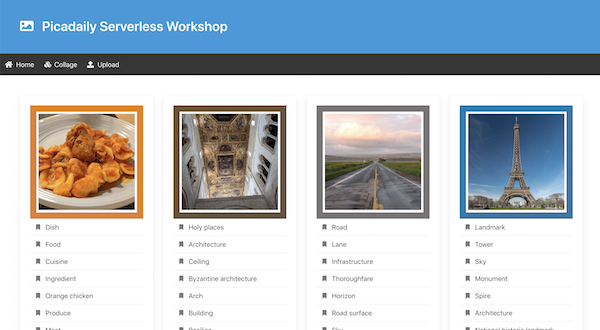Visualize PaLM-based LLM tokens
As I was working on tweaking the Vertex AI text embedding model in LangChain4j,
I wanted to better understand how the textembedding-gecko
model
tokenizes the text, in particular when we implement the
Retrieval Augmented Generation approach.
The various PaLM-based models offer a computeTokens endpoint, which returns a list of tokens (encoded in Base 64)
and their respective IDs.
Note: At the time of this writing, there’s no equivalent endpoint for Gemini models.
So I decided to create a small application that lets users:
Read more...
